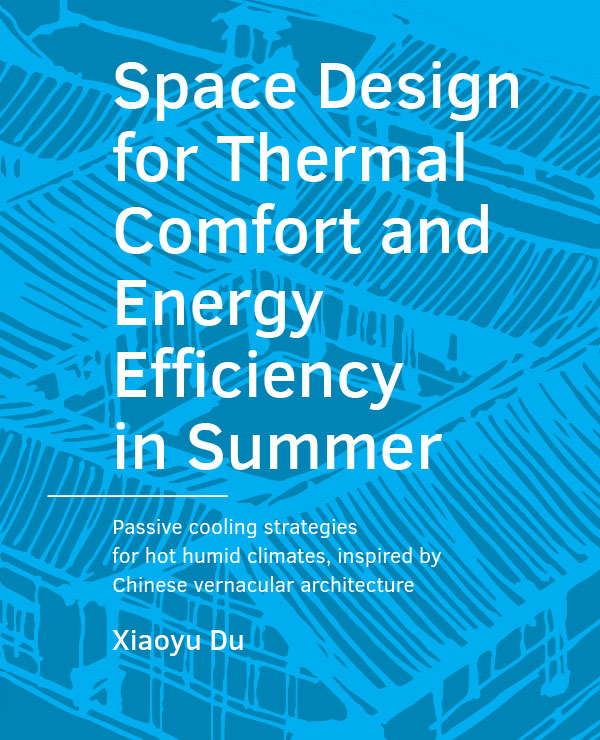Can thermal perception in a building be predicted by the perceived spatial openness of a building in a hot and humid climate?
DOI:
https://doi.org/10.7480/abe.19.10.4108Abstract
The authors wanted to prove that there is a large correlation between the concepts spatial openness and comfort (visual, wind speed and thermal) perception in people’s minds in a hot and humid climate in summer in order to be able to use spatial configuration parameters such as openness, connectivity and depth as a design tool for a comfortable an energy efficient building in the early design stages. 513 local Chinese college architecture students in 2015 were questioned about the relationship between spatial openness and comfort perception. The main findings for a hot and humid climate are: a. spatial openness of a particular space significantly effects occupants’ visual perception, wind speed perception and thermal perception in a particular space (p < .05). b. There is a strong effect size between spatial openness and visual and wind perception (w = .50 and .54); the effect size of the thermal perception is weaker (w = .14). c. The comfort perception is strongly influenced by the time of day, therefore visual perception, wind perception and thermal perception can influence occupant movement between different spaces as is the advice of the adaptive thermal comfort.
References
AlAnzi, A., Seo, D., & Krarti, M. (2009). Impact of building shape on thermal performance of office buildings in Kuwait. Energy Conversion and Management, 50(3), 822-828. doi: 10.1016/j.enconman.2008.09.033
Fu, X. (2002). Building energy saving technology in hot summer and cold winter region. Beijing: China Architecture and Building Press.
Hirano, T., Kato, S., Murakami, S., Ikaga, T., & Shiraishi, Y. (2006). A study on a porous residential building model in hot and humid regions: Part 1—the natural ventilation performance and the cooling load reduction effect of the building model. Building and Environment, 41(1), 21-32. doi: 10.1016/j.buildenv.2005.01.018
Humphreys, M. A. (1997). An adaptive approach to thermal comfort criteria. In D. Clements Croome (Ed.), Naturally Ventilated Buildings: Building for the Senses, the Economy and Society. London E and FN Spon.
Naraghi, M. H., & Harant, A. (2013). Configuration of Building Facade Surface for Seasonal Selectiveness of Solar Irradiation-Absorption and Reflection. [Article]. Journal of Solar Energy Engineering-Transactions of the Asme, 135(1). doi: 10.1115/1.4006673
Ratti, C., Raydan, D., & Steemers, K. (2003). Building form and environmental performance: archetypes, analysis and an arid climate. Energy and Buildings, 35(1), 49-59. doi: http://dx.doi.org/10.1016/S0378-7788(02)00079-8
Yi, Y. K., & Malkawi, A. M. (2009). Optimizing building form for energy performance based on hierarchical geometry relation. Automation in Construction, 18(6), 825-833. doi: 10.1016/j.autcon.2009.03.006


